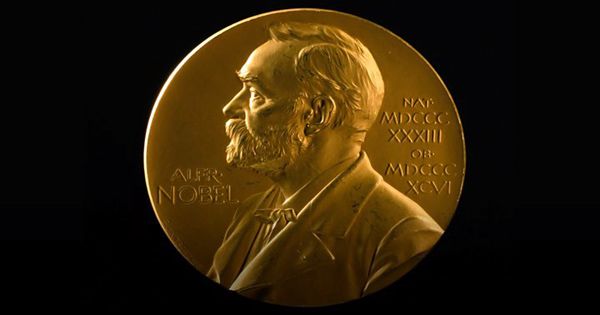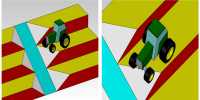Reinhard Genzel and Andrea Gage have been awarded the 2020 Nobel Prize in Physics to Roger Penrose for his theoretical and observational work on black holes. Half of the 100 million kroner about $1.12 million told Penrose that “the formation of a black hole predicts the general theory of relativity.” The other half is divided between Genzel and Ghez to “discover a supermassive compact object at the center of our galaxy.” Scientists and their teams discovered Sagittarius A *, a supermassive black hole at the center of the Milky Way.
The work of Roger Penrose was crucial for our understanding of blogger holds. Einstein’s theory of general relativity provided mathematical tools to make something so dense that nothing, including light, could avoid it. But Einstein did not believe that they existed. Penrose came up with a model that described how such an extreme object could be created. His Revolution 1965 magazine is now largely based.
The orbits of these stars indicate the presence of an incredibly dense object; Mercury is packing more than 4 million times into an object that fits comfortably into the orbit of Mercury. Half of the prize is observational. Reinhard Genzel and Andrea Gage are both leaders in a team of astronomers who have studied the stars at the very center of the Milky Way for the past three decades.
Ghez, a professor at UCLA, said, When asked what a black hole is, Professor Gage answered openly about mysterious things that seem to raise more questions as they read more. “We don’t know.” “We have no idea what’s inside the black hole. And it is these things that make these things foreign objects that truly represent the separation of our physical understanding, the laws of physics. “
Of the more than 200 awards since its inception in 1901, Professor Ghez has been awarded the Physics Prize (James is tied to male Nobel laureates and female Nobel laureates), the fourth woman. “I’m thrilled to receive the award,” said Gage. I hope I can inspire other young women in the field. It’s a field where there’s a lot of fun and a lot can be done if you’re a fan of science. “
















